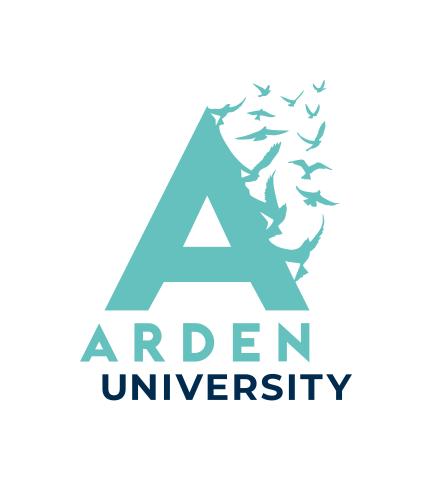
The three key building blocks for a successful knowledge transfer partnership
The UK government has operated knowledge transfer partnerships (KTPs) since 1975 – almost 50 years. However, given that the scheme (previously the Teaching Company Scheme) is one of the less-trumpeted government initiatives, many people have never heard of it.
Nevertheless, on 1 April 2023, 753 KTPs were delivering innovative projects across the country, involving 105 “knowledge base institutions” and 720 business partners.
- Building blocks of university-industry partnerships for positive change
- Spotlight guide: Why knowledge exchange is important for universities
- Knowledge transfer partnerships: a guide to doing them well
In a nutshell, KTPs help businesses to grow, be more competitive and increase profits. A KTP is a three-way partnership between a business, an academic team and a graduate. The business has the challenge, the academic team has the knowledge and expertise, and the graduate delivers the project. There is a cost involved in KTPs – Innovate UK or other government co-funders will make a grant available for part of the project costs, and the business covers what’s remaining.
KTPs offer huge benefits to all involved – as long as you have the right partner, the right project and the right graduate. Here’s how to ensure that’s the case.
The right partners
A KTP is very much a partnership, so it’s important that the business, the academic team and the graduate all get along. The first partnership is between the business and the academic team, although the first meeting might just be with the academic supervisor and the university’s KTP manager. To clarify, most UK universities will have a KTP office and/or a KTP manager who will deal with all things KTP. They are a useful source of information, because they’ve usually seen it, done it and got the T-shirt.
It’s important that the business and the academic tell the KTP manager if they have any reservations about each other. If there are concerns, the KTP manager can potentially make new introductions. Typically, a KTP is a two-year partnership, so it’s important to get this element right. The key to a good partnership is trust and credibility, but an effective partnership will not happen overnight. Partnerships are based on mutual success and trust, so give the other person the benefit of the doubt and remember that most relationships require a bit of give and take and lots of communication – what goes around, comes around.
The right project
Getting the project right is crucial, and don’t be surprised if this takes up to three months to write, or sometimes even longer. Fundamentally, the project must be of strategic importance to the business – a KTP is not about getting cheap labour, it is not a graduate scheme and it is certainly not consultancy. The project must demonstrate commercial impact, innovation, knowledge transfer and cohesiveness. A KTP project can cover anything, so if you think of all the knowledge and expertise within a university, then a KTP can be in any subject if it:
- enables the business to meet a real need
- has a sound business case to deliver impact and wealth creation
- is a genuine market opportunity with a clear route to market
- requires input from the academic team
- is stimulating and challenging to the academic team
- means the knowledge is embedded as well as exploited by the business
- is clear the business would not achieve the outcomes without the KTP.
The business and the academic team need to identify a plan of action that will deliver the outcomes that the business is looking for. If you know the outcomes then you can put together the tasks to achieve those outcomes. Don’t forget to include how those tasks will be undertaken. The how is important.
The right graduate
The graduate might already be known to the academic team or at least one member of it, which is a good thing becasue they already have a connection. The graduate is recruited jointly, so the business and the academic team both have their say. The final decision is down to the business, though, because they know their staff and should have a good insight into whether the graduate would be a good fit or not. However, the business should certainly take on board what the academic team says regarding the graduate’s abilities: they might be a good fit but lack the ability to deliver the KTP project. Once the graduate is recruited, they become a KTP associate. The business and academic team will mentor and support the associate throughout the KTP project.
It is essential that the business and the academic team keep communicating with each other and not just through the KTP associate. It can be easy to use the associate as a go-between because they regularly meet their business and academic supervisors either separately or together. This means it’s also easy to mention something in passing and then expect the associate to relay the exact same message to someone else. Communication is simple – but all too often it’s not. We say one thing, the person hears something else and then relays that to the next person. This can lead to misunderstandings, frustrations and a breakdown in the partnership.
Communication is so important in the workplace that without it teams become inefficient, unproductive and unable to collaborate. And yes, you are a team – a KTP team. The partnership will not be delivered successfully if it breaks down, and poor communication is usually the main cause. Don’t take the easy option – if something is worth saying then say it, and make sure that everybody understands you and the reason for it.
Finally, KTPs are not a quick fix. They are long term, they take a while to put together and even longer to find out whether they’ve been successful or not. You can achieve remarkable results with a KTP, but make no mistake, they are demanding. However, if you put in the time and effort, everyone benefits: the business improves its performance and transforms its competitiveness; the academic team improves its industry links and enriches its teaching and research by drawing on real-world experiences; and the graduate kick-starts their career by delivering a meaningful, commercially led project within a business. It’s a win-win-win.
Ruth Greenhalgh is research and knowledge exchange manager at Arden University, UK.
If you would like advice and insight from academics and university staff delivered direct to your inbox each week, sign up for the THE Campus newsletter.




